1. Personal Finances

Not long ago, people were fiercely private about their financial situations. Credit card debt, student loans, and even how much they earned were topics best left untouched. Today, it’s common to see people sharing their budgets, financial goals, or investment strategies on social media or blogs. Platforms like TikTok and YouTube have become hubs for finance influencers, offering money advice that was once considered taboo.
The shift comes from a growing desire for transparency, especially in a world where financial literacy is more critical than ever. People no longer shy away from discussing how they manage their money, whether it’s showing their savings journey or the struggle to pay off debt, according to LearnVest’s Forbes article. As a result, discussions that used to happen behind closed doors are now in full view. This openness has created communities of support and education for anyone looking to improve their financial situation.
2. Weight Loss Struggles

For years, struggling with weight loss was seen as a personal, almost shameful issue that people kept under wraps. The idea of publicly discussing diet failures or body image concerns seemed like something only to whisper about. Now, many people post their weight loss journeys in real-time, sharing both their successes and setbacks, according to Pharmacy Planet. Social media platforms like Instagram and Facebook are flooded with before-and-after pictures, workout routines, and daily meal plans.
The honesty behind these posts is part of a larger movement toward body positivity and mental health awareness. People are more open about the emotional and physical challenges of losing weight, and others are ready to cheer them on. It also creates a sense of community for those who feel isolated in their struggles. By sharing their experiences, individuals are dismantling the stigma that once surrounded conversations about weight.
3. Family Drama
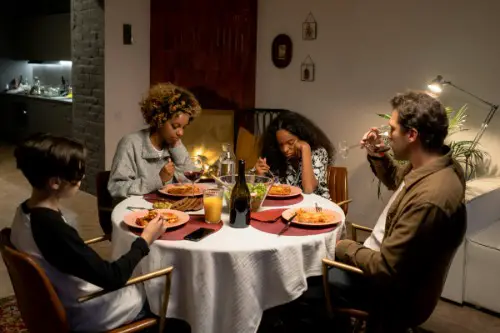
Family problems were once considered private matters, discussed only with close friends or kept behind closed doors. Secrets about relationship issues, financial troubles, or conflicts with in-laws were rarely shared in public. Now, many people are eager to post about their family struggles online, often airing grievances or seeking advice from their online community. Reality TV culture has also fueled this shift, making the personal lives of individuals seem like fair game for public consumption, according to Rachel Vaughn from DM News.
Part of this change is a desire for validation and support, especially when people feel like they’re not alone in their problems. It’s no longer unusual to see someone posting about a difficult conversation with a parent or a falling-out with a sibling. Social media platforms provide a space for people to connect with others who have faced similar challenges. It also gives people an outlet to process their emotions, knowing that others might have helpful insights or simply offer empathy.
4. Relationships and Dating
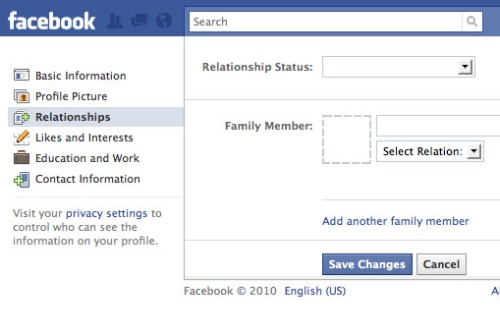
Private relationship issues were once something people kept to themselves, especially if there was tension or disagreement. Today, it’s not uncommon to see people share breakup stories, relationship struggles, or even ask for dating advice online, according to Kayleigh Dray from Stylist. Websites like Reddit or relationship forums allow individuals to post about their love lives, seeking both support and guidance from strangers. Platforms like Twitter or Instagram are also filled with public declarations of affection, or sometimes, frustration.
This shift stems from a growing emphasis on connection, whether it’s in personal relationships or with an online community. People feel more comfortable opening up about their romantic experiences because they find solace in shared experiences. Additionally, the advice from strangers can sometimes offer a fresh perspective that isn’t available from friends or family. The more relationships are talked about openly, the less stigma there is around their ups and downs.
5. Mental Health Struggles

A few decades ago, mental health issues were something to be kept secret, with stigma attached to seeking help. Talking about anxiety, depression, or other mental health concerns was considered taboo. Today, it’s increasingly common to see people posting about their struggles with mental health, whether in the form of a personal blog, a tweet, or a support group on Facebook. Celebrities and influencers have played a significant role in normalizing mental health conversations.
The rise of online communities has allowed people to share their experiences in a way that feels supportive, without judgment. Many individuals find strength in opening up, knowing that they are part of a larger group who understands their struggles. This transparency has helped break the silence surrounding mental health, encouraging others to seek help and break free from feelings of isolation. As people post about their mental health journeys, they also create a space where others can share their own stories.
6. Parenting Challenges

Parents used to keep quiet about the difficulties of raising children, focusing on the positives and hiding the frustrations. It was considered taboo to complain about the exhausting nature of parenthood or the challenges that come with it. Now, many parents are quick to share their stories of sleepless nights, tantrums, and the emotional toll of parenting. Parenting blogs, Instagram accounts, and even TikTok videos often feature raw moments from parents who aren’t afraid to show the less-than-perfect side of raising kids.
This openness helps normalize the ups and downs of parenthood and offers a sense of solidarity among parents. Parents can share their tips and tricks for handling difficult situations or ask for advice from others. It also reduces the pressure to maintain a “perfect” parenting image and allows for a more honest conversation about the challenges of raising children in today’s world. Online communities for parents provide a support system that was harder to come by in the past.
7. Personal Failures

Not long ago, people hid their failures, whether it was in their careers or personal lives, fearing judgment. Admitting mistakes or setbacks in public was seen as a weakness. Today, however, it’s more common to see people post about their failures, whether it’s losing a job, failing at a project, or experiencing a personal setback. The culture around “failure” is changing, with many embracing the idea that failure is a learning experience.
This shift is fueled by the growing popularity of vulnerability in the media and online spaces. People are now more likely to share their stories of failure because they’ve learned that it can be empowering. Not only does it humanize the individual, but it also offers an opportunity to help others who might be going through something similar. It also shows the process of resilience and growth, making failure seem less like something to hide and more like something to learn from.
8. Travel Mishaps
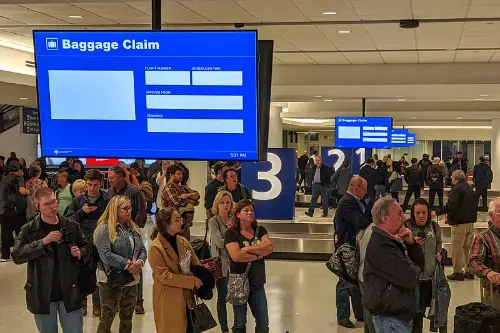
Before the age of social media, travelers would keep their vacation mishaps to themselves, quietly dealing with lost luggage or missed flights. Now, it’s not uncommon for travelers to post about their travel disasters, often with humor and a sense of camaraderie. Whether it’s a flight delay, a bad hotel experience, or a cultural misunderstanding, these moments are shared with the world. Instagram stories and TikTok videos frequently showcase these travel hiccups, making them relatable to millions of followers.
The reason for this change is that people have come to appreciate the shared experiences of travel. Social media has made it easier to laugh at the little disasters that happen while traveling, helping people see the humor in even the most frustrating situations. Travelers can bond over their shared struggles and offer advice on how to handle similar issues. Posting about travel misfortunes has also led to a more authentic portrayal of what travel really looks like.
9. Political Views
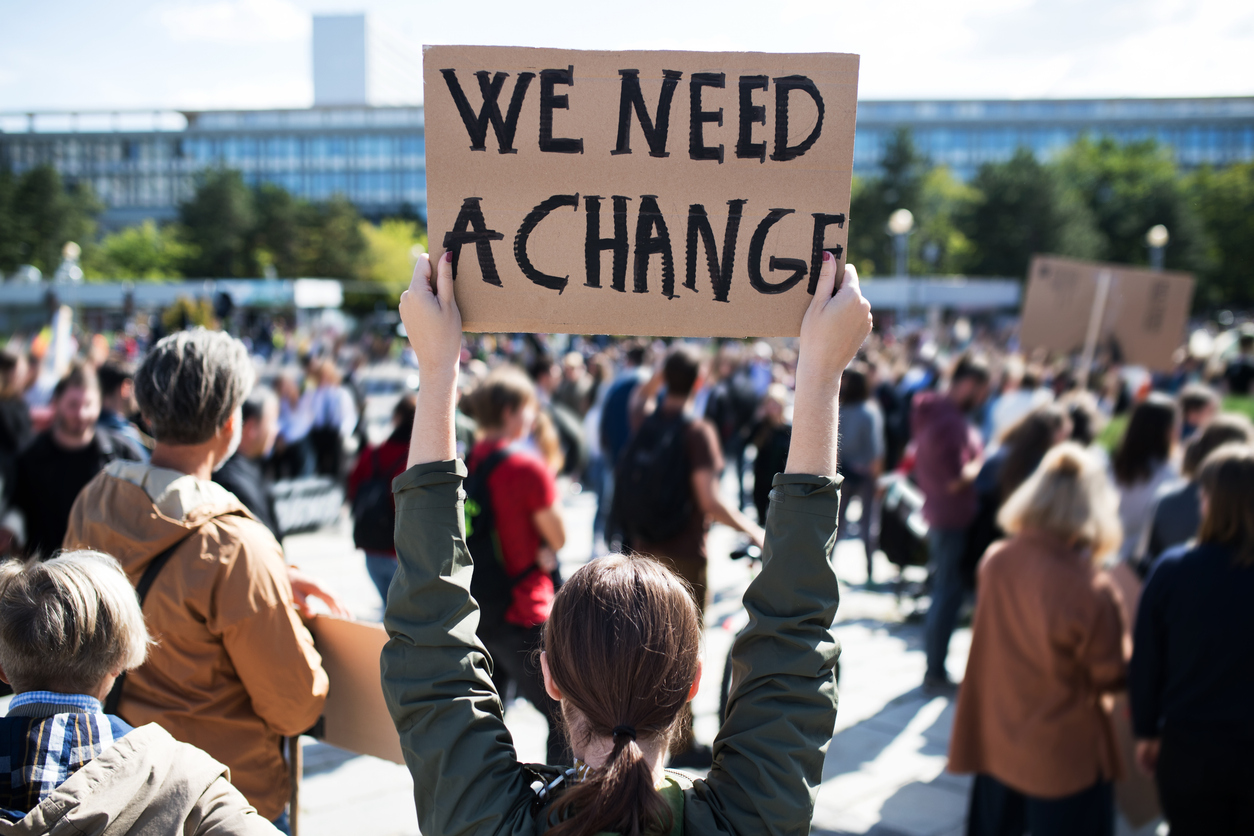
Once, it was considered impolite to openly share political views, especially in public spaces or on social media. Many people kept their opinions about elections, political leaders, and policies to themselves, particularly if they were different from those around them. Now, social media has become a platform where political opinions are regularly posted and debated, sometimes even in heated exchanges. Political memes, Twitter threads, and Facebook posts are all part of the online discourse.
This shift has happened as social media has become a space for people to engage with current events and express their views freely. People feel more empowered to share their political beliefs because they can find like-minded individuals in online communities. Additionally, the rise of “cancel culture” has made it more difficult to remain silent on controversial issues. As a result, people are more open about their political beliefs than ever before.
10. Everyday Rants

In the past, venting about life’s frustrations was often confined to close friends or family members. Complaining about work, traffic, or annoying coworkers used to stay between the people involved. Nowadays, people frequently take to social media to vent about their daily annoyances, turning mundane rants into relatable moments for their followers. Twitter, in particular, has become the go-to platform for sharing frustrations in real-time.
This change is part of a broader cultural shift toward expressing emotions freely in public spaces. Posting rants allows individuals to release frustration and sometimes even receive validation from others who share their frustrations. The catharsis of venting publicly can feel empowering, especially when it brings attention to everyday struggles that many people face. These posts, while sometimes light-hearted, can also spark important conversations about work culture, mental health, or societal norms.
11. Hobbies and Passions
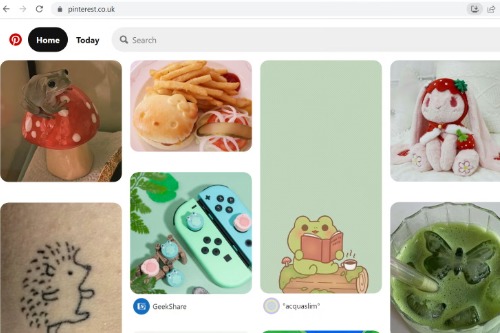
In the past, hobbies were often private and somewhat understated activities, kept for personal enjoyment rather than public display. Sharing a love for knitting, birdwatching, or collecting rare items was something you might discuss in intimate settings, not online. Today, people are eager to showcase their hobbies and unique interests, posting pictures, videos, or blogs about their crafts, collections, and passions. Platforms like Instagram, Pinterest, and YouTube have given rise to hobby communities, where enthusiasts can share their expertise.
This shift is rooted in the growing desire for personal expression and the sense of belonging that online communities provide. Posting about personal passions allows people to find others who share their interests, creating spaces for collaboration and inspiration. Many creators have even turned their hobbies into full-time careers, thanks to the exposure they receive online. What was once considered niche or quirky is now celebrated and appreciated on a global scale.
12. Pet Behavior

A few decades ago, people didn’t share the quirky or sometimes embarrassing behavior of their pets. It was a private matter, something discussed only among close friends or family. Now, millions of people share funny or odd pet moments, from cats knocking things off tables to dogs having tantrums over their favorite toys. Videos of pets doing hilarious things regularly go viral, with accounts dedicated solely to pets’ antics.
The explosion of pet-related content on social media is due to the growing popularity of pets as family members. People now feel comfortable sharing these light-hearted moments with others, knowing that pets bring joy to many. It’s also a way for pet owners to connect with others who understand the joy (and challenges) of having a furry friend. By posting about pet behavior, people can also raise awareness about responsible pet care and adoption.
13. Health and Fitness Goals

Before fitness influencers dominated the internet, people kept their health and fitness routines private. If you were working on getting in shape, it was something you quietly did in the gym without announcing it. Today, people regularly share their fitness goals, progress photos, workout routines, and healthy eating habits. Whether it’s a New Year’s resolution or a personal fitness challenge, the fitness journey is often broadcasted online for friends, family, and followers to see.
The rise of fitness culture on platforms like Instagram and YouTube has made health and fitness a communal pursuit. People feel motivated by sharing their progress and tracking their goals publicly. Additionally, followers often offer encouragement or share advice on staying healthy. By posting about their fitness routines, people are able to connect with others on similar journeys, creating a motivating and supportive environment.
14. Travel Plans

In the past, sharing your travel plans or upcoming vacations was something done in private. It was rare to tell everyone about the trip ahead of time, especially if it was for a special occasion or a big adventure. Now, many people are eager to post about their upcoming trips, sharing details about their destination, itinerary, and excitement. Facebook, Instagram, and travel blogs have all contributed to making travel more public.
This shift is largely driven by the desire to share experiences and recommendations with others. Posting about travel plans can help people build excitement and anticipation while receiving advice or recommendations from their network. It’s also a way to document trips, as many people now use their social media accounts as travel journals. Sharing travel plans also helps people connect with others who may be planning similar vacations or who have been to the same places.
15. Personal Milestones

For a long time, personal milestones such as graduations, promotions, or anniversaries were shared with close friends and family, not the whole world. Today, people frequently post about these life events on social media, whether it’s announcing a new job or celebrating a significant anniversary. Sharing such milestones helps people feel connected to their network, and it also allows friends and family who live far away to celebrate these moments with them.
The urge to share personal milestones comes from a desire to celebrate achievements with a broader audience. It’s a way to get recognition and support from people who might not be involved in the day-to-day aspects of someone’s life. Social media platforms provide the perfect stage for people to commemorate important moments. By posting these life events, individuals can feel validated and appreciated by their online communities.


